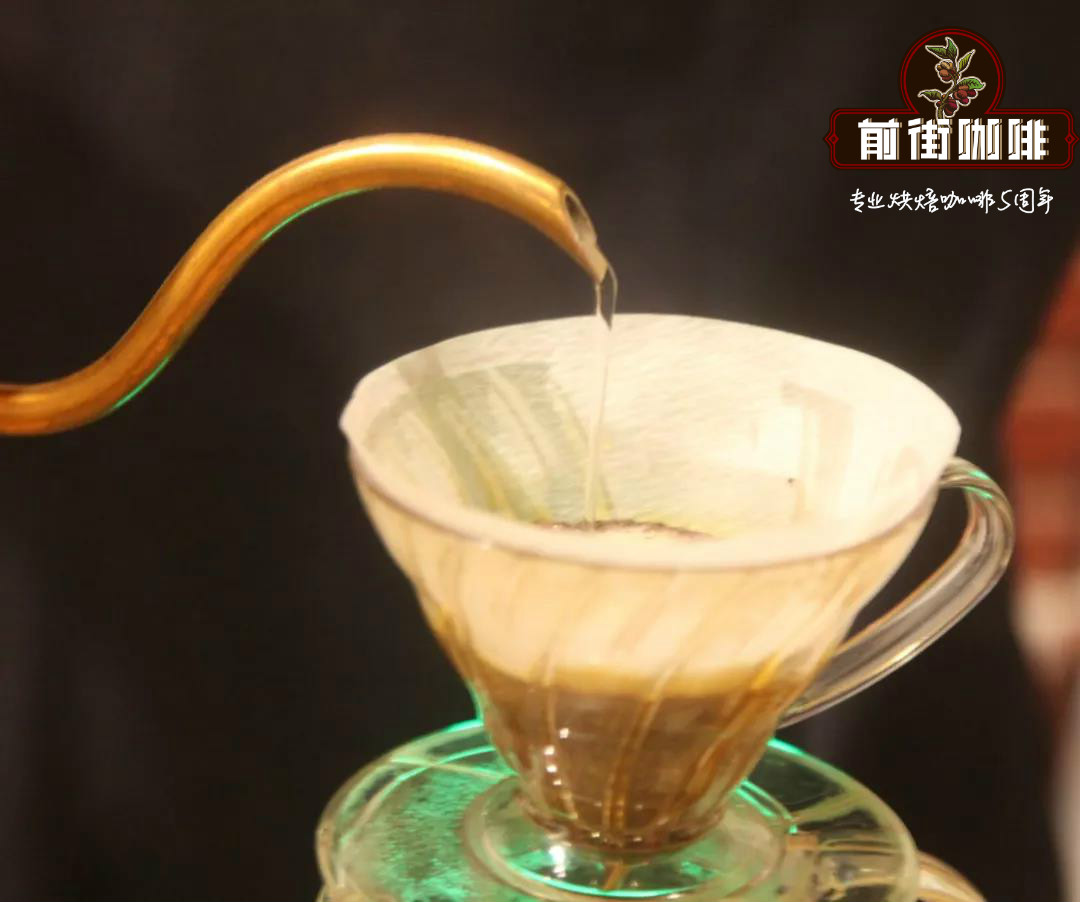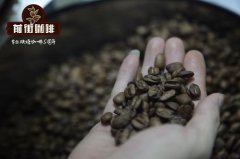How to choose the hand pot that suits you? It is very important to see [the shape of the spout] clearly

Professional coffee knowledge exchange more coffee bean information please follow the coffee workshop (Wechat official account cafe_style)
Coffee lovers who like to brew by hand know how important a "hand pot" is to brew. With the progress of the times, after the research and innovation of various manufacturers and many baristas, hand pots have developed many types: they have different materials and shapes, and their rich structure has a great impact on the water injection of hand coffee.
For such an important piece of equipment, have you ever noticed the small spout at the front end of the hand punch pot? In fact, the spout affects the angle and thickness of the water flow during water injection, and understanding the types and characteristics of the spout helps us to find a suitable hand punch.
So, let's take a look at the spout of the hand-flushing pot.
Thin mouth pot:
This type of hand pot is suitable for beginners. The spout is characterized by a small opening and a diameter of 4-5mm ~ 6mm. The outlet is slow but the size of the water column is relatively fixed, that is to say, the flow is not large or small, and it is easier to control.
The spout is flat-cut, and you can increase the impact of the current by raising it too high. When injecting water around the circle, the hand punch can be very close to the filter cup and will not scratch the filter paper.
This type of hand punch can generally adapt to all kinds of punching methods. In terms of angle, the small water column is about 70 °and the large water column is about 60 °.
Wide-mouthed crane-billed pot:
This type of spout gets its name because its curved angle is shaped like a crane's beak. The saccular design of the back part of the kettle neck is matched with this kind of spout, which makes the water injection more accurate and produces a greater impulse to penetrate the powder layer. This makes it easier to roll the coffee powder to the bottom of the filter cup.
This unique shape of the spout out of the flow of water is relatively smooth, the water column can be large or small, controllable a little bit.
Wide-mouthed pot big-billed bird:
This kind of spout is characterized by a large opening, which can inject more water; coupled with a thick neck and a low neck, different degrees of water output can be used to cope with different sizes of coffee powder. However, this kind of spout is not easy to handle, and if you are not careful, a large current will fall down, or the water column will break.
Using a hand-made pot with this kind of spout, the steaming method is recommended for steaming, followed by fine water extraction, and finally the coffee powder is soaked in heavy water.
Flattened wide spout:
This kind of spout is in the shape of a flat mouth, and the advantage is that the flow of the big water column is also very soft. Instead, if the water is too gentle, the water column will not be strong enough to stir the coffee powder in the filter cup.
The thickness of this type of spout is more controllable, but the fine water flow is not easy to control. If you can't grasp the tilt of the hand-punching pot, the current will tilt down.
In the flushing method, it can flush the small water flow, the angle of the small water column is 85 °, and the angle of the large water column is about 79 °. If the flow is medium, the water column will be very straight.
Sharp-billed crane-billed pot:
This kind of spout is medium in diameter and has a long extension, which is convenient for the outflow point of water flow during cooking. The flow out of the injection is soft, and it is easier to produce fine water because of the tip of the spout, but the medium and large water flow is also no problem.
This type of spout is suitable for slow infiltration.
Generally speaking, one of the ways to show the different flavor of coffee is to change the size of the water flow when injecting water. If you already have some experience in hand flushing and can better control the flow of water, wide-mouth pots and crane-billed pots are more recommended. These types of hand flushing pots are more convenient to change the size of the water flow and the intensity of water injection.
The above introduction is the current more mainstream types of spouts, after a clear understanding of Chu, you can go to observe their own hand punch pot.
The picture comes from: the Internet
Source: European boutique coffee "originally the fine pot has so many eyebrows"
Important Notice :
前街咖啡 FrontStreet Coffee has moved to new addredd:
FrontStreet Coffee Address: 315,Donghua East Road,GuangZhou
Tel:020 38364473
- Prev

How does the deep-baked coffee taste good? The unused flavor of coffee produced by different baking time
How does the deep-baked coffee taste good? Medium-roasted beans, suitable for hand flushing, French presser, siphon pot, dripping coffee machine to extract; deep-roasted beans, suitable for mocha pot, Italian coffee maker, Philharmonic pressure extraction
- Next

What is the body of coffee? how to increase the thickness of caffeine and how to brew the body of coffee?
Professional coffee knowledge exchange more coffee bean information Please pay attention to the coffee workshop (Wechat official account cafe_style) in sensory learning, touch is also a link, in drinking coffee the organ of touch is the mouth, when the food density and consistency are different, the mouth will feel, and what in the coffee can affect the touch in the mouth? 1. Grease 2. Suspended matter (i.e.
Related
- Beginners will see the "Coffee pull flower" guide!
- What is the difference between ice blog purified milk and ordinary milk coffee?
- Why is the Philippines the largest producer of crops in Liberia?
- For coffee extraction, should the fine powder be retained?
- How does extracted espresso fill pressed powder? How much strength does it take to press the powder?
- How to make jasmine cold extract coffee? Is the jasmine + latte good?
- Will this little toy really make the coffee taste better? How does Lily Drip affect coffee extraction?
- Will the action of slapping the filter cup also affect coffee extraction?
- What's the difference between powder-to-water ratio and powder-to-liquid ratio?
- What is the Ethiopian local species? What does it have to do with Heirloom native species?

